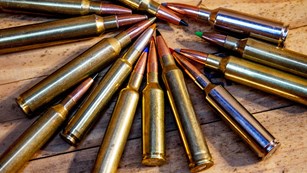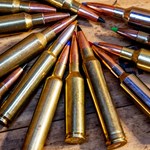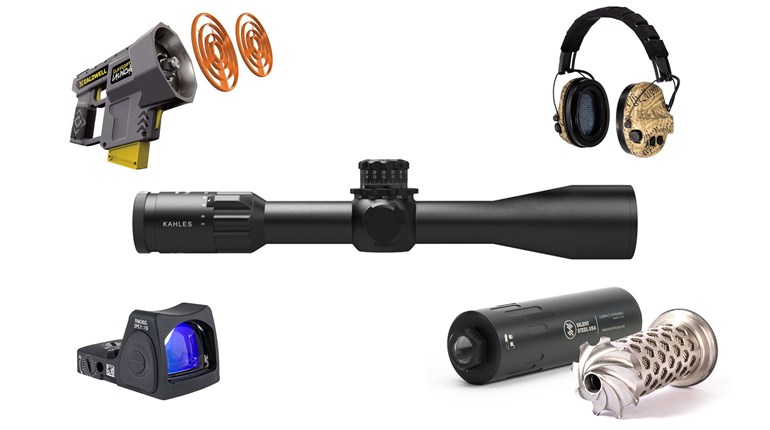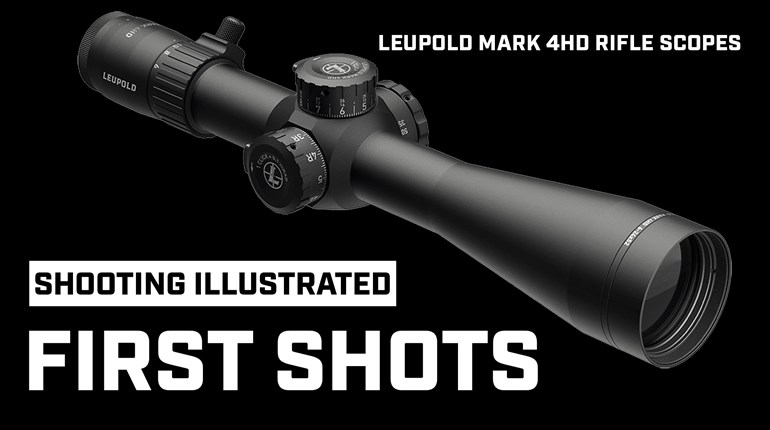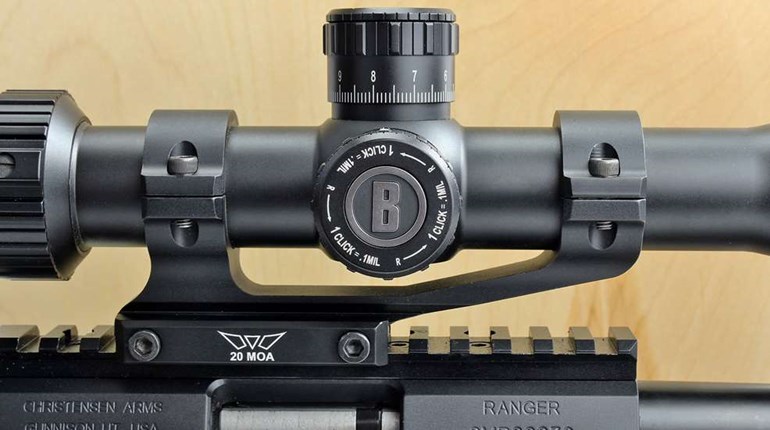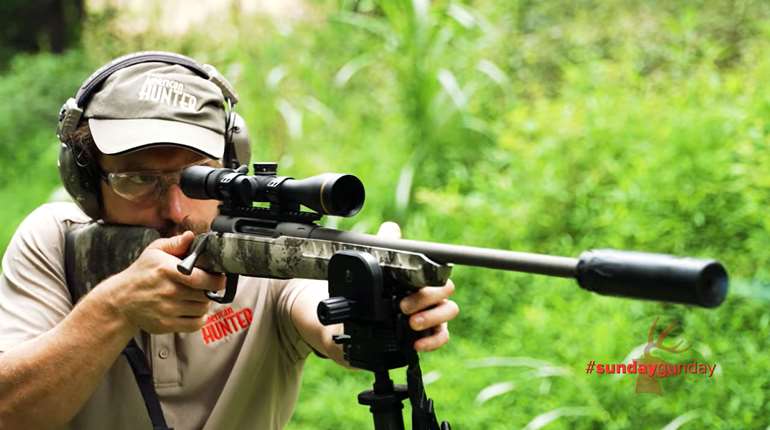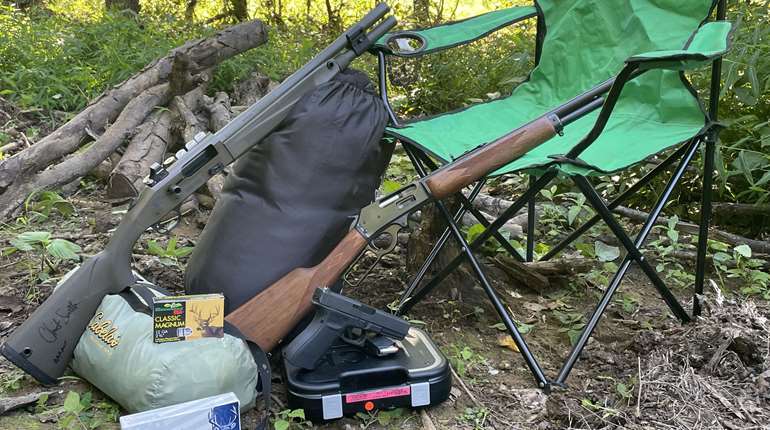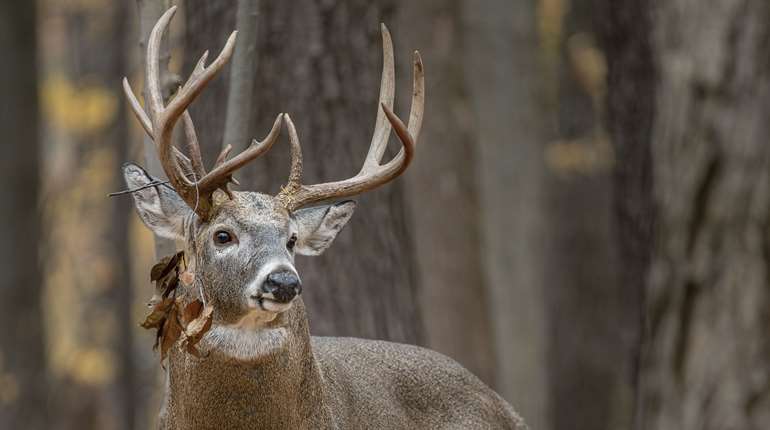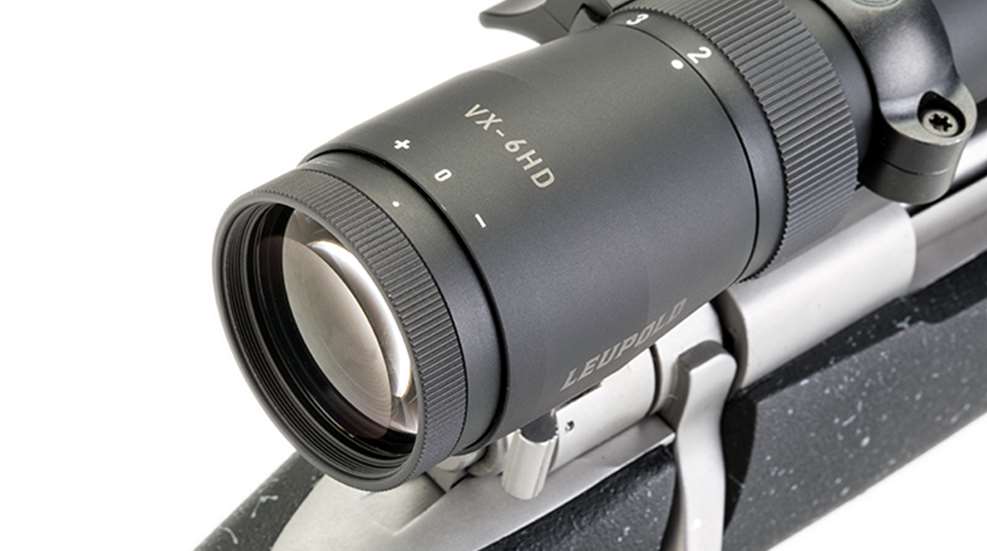
Most hunters know the importance of proper eye relief and stock weld when using a riflescope, but two other things also require attention. To get the best optical performance, adjust the ocular and objective lenses. The ocular lens is the one closest to the eye when aiming; the objective lens is the one at the other end of the scope. All quality modern scopes have an adjustable ocular lens. Usually only those with 10X and higher magnification have an objective lens adjustment, either on the front of the scope or opposite the windage knob in the middle.
The prevailing reason to adjust the objective lens is to correct an aiming error called parallax, which comes from the shooter not looking through the center of the scope. This results in a visual perception of the reticle being positioned on the target correctly when it really isn’t. A good analogy is a dial-type speedometer observed by the driver and the passenger of a motor vehicle. The driver, looking directly at the needle in relation to the numbers on the back plate, will get a more accurate reading than someone in the passenger’s seat viewing the needle at an angle. Think of the needle as the reticle and the back plate as the target. Adjusting the objective lens to correspond to the distance to the target eliminates parallax at that distance.
Some scope manufacturers recommend that objective lens adjustment be used to optimize clarity of the target. This provides the utmost precision, especially when the aiming eye is already centered in the scope to eliminate parallax error.
Ocular lens adjustment is often overlooked by hunters. It allows the shooter to see the reticle with maximum sharpness and clarity, which is similar to the necessity of seeing the front sight clearly when aiming an iron-sighted firearm. Adjusting the ocular lens lets those who wear corrective lenses see the reticle as clearly as people who don’t need visual aids. Adjust the ocular lens while wearing the same visual aids, corrective or plain lenses, that you will use in the field.
Follow the manufacturer’s instructions to adjust the ocular lens before the hunt. Adjust the objective lens to correspond to the target in the field. Together, these adjustments will yield the best clarity of the reticle and target.








